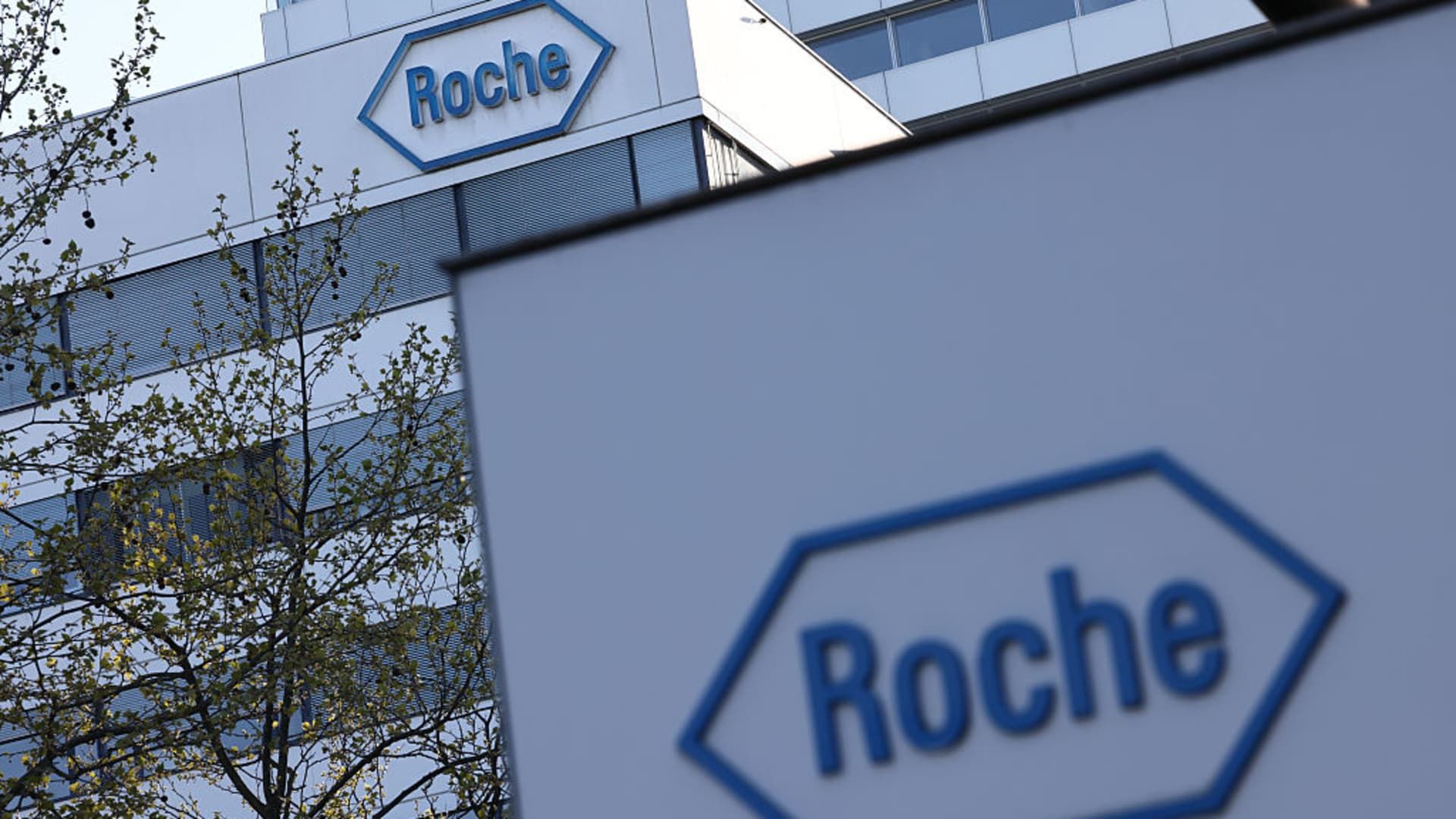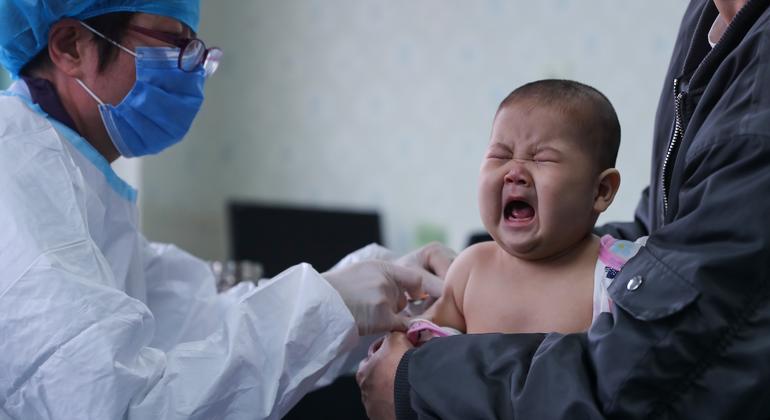The Roche Holding AG headquarters on April 11, 2025, in Basel, Switzerland.
Sedat Suna | Getty Images News | Getty images
Swiss pharmaceutical signature Roche He is aimed at becoming one of the three main obesity players worldwide, which represents a possible rival to heavyweights Novo Nordisk and Eli Lilly since one of his experimental medications for weight loss progresses at a late stage.
“I want you to know that I am serious about this goal,” Teresa Graham, CEO by Roche Pharmaceuticals, said on Monday, investors and analysts on the day of Roche's Pharma in London on Monday.
“We know how to enter new markets,” he added.
The medication manufacturer said earlier this week that its CT-388 weight loss injection was entering a phase III trial, the final stage before a company can seek regulatory approval, marking the last development in the Roche's rapid growth pipe but rapid growth of Roche but rapid growth for obesity and related conditions.
Roche currently has no medication for obesity approved in the market, but Graham said the company pointed to the launch in its set of treatments by 2030.
That includes the Petrelintide drug candidate, which Roche is currently developing and co-commercializing as part of an association of $ 5.3 billion with Danish biotechnology Zealand Pharmaceutical.
“I think we are on the way to that,” said Manu Chakravarthy, vice president and global chief of development of cardiovascular, renal and metabolism products, CNBC on the timeline for Petrelintide.
“We are very committed to trying to pull that [timeline] In as much as possible, “he added.
Petrelintide, an incipient form of treatment known as amiline analogue, adds to the existing GLP-1 offer of Roche that includes CT-388 and an oral candidate once a day CT-996, which were acquired as part of Roche's first incursion into the obesity market with the purchase in the late 2023 of US Biotech Carmot Therapeutics.
Obesity drug market
The company further reinforced its offer last week with an agreement to buy the Biotechnology Company of the United States 89BIO, joining competitors in the development of new liver disease treatments to complement the medications to lose weight.
Graham told investors that he trusted that the growing set of Roche drug candidates would help reinforce their chances of success in the increasingly competitive weight loss drug market.
Yihan Li, a pharmaceutical analyst at Barclays, said that Roche's goal of becoming one of the three best players was “potentially attainable” due to his wide portfolio of obesity assets, but pointed out that next year it would be a “great year” for his test readings.
“More importantly, the obesity market is only a duopoly. Therefore, it will be an interrogation sign of how large the gap between Roche Vs. Novo/Lly,” he wrote in comments sent by email, and added that it is likely that other competition treatments will reach the market ahead of Roche.
It occurs when the eli lilly and Novo Nordisk rivals have been running to carry their obesity pills to the market, while seeking to expand their offer in the middle of the enhumjo the demand for their GLP-1 treatments. Both companies are also exploring analogous amiline candidates, as well as other experimental treatments.
The couple already dominates the obesity medication market, even as the competition of pharmacies composed of imitation has grown.
However, Graham suggested that new market participants could learn important lessons of the first round of obesity treatments. In particular, he said that “next generation” medications should address unsatisfied needs around tolerability, weight maintenance, comorbidities treatment and lean muscle loss.
“Our differentiation is based on having that amplitude of options,” he said. “We can cover the amplitude of this need disabled completely.”
“If you don't have a solution portfolio, that's what makes it limiting,” added Chakravarthy.












